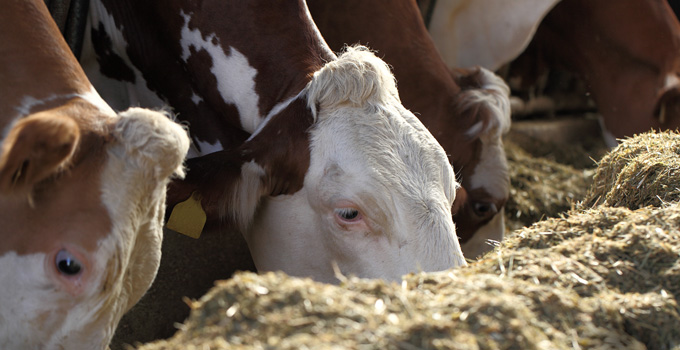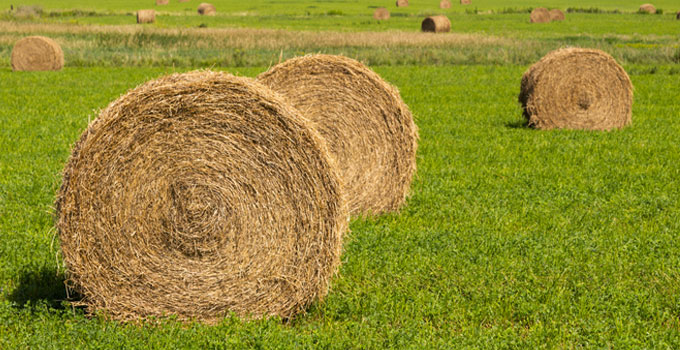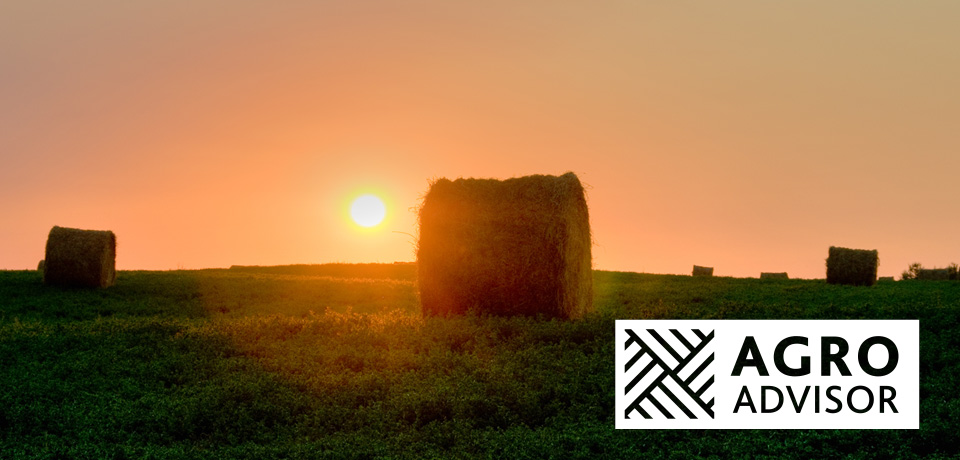The forages on your farm affect the performance of your cattle and your bottom line.
If you want to improve both, not just any old grass will do. For the best results, you need to select a forage species or mixture suited for your specific needs and location.
“If you’re producing forage in the best way possible — choosing the proper blends and following the proper seeding rates and all of those good agronomic practices — you’re going to get more forage from your land that is of better quality,” said Amanda Van De Kerckhove, a Ruminant Nutrition with Federated Co-operatives Limited, which delivers important animal nutrition products to Co-op locations across Western Canada.
“That’s going to show when you’re feeding your cattle.”

Ask questions
When selecting seed for your farm, you have a long list of forage species to choose from, including numerous kinds of alfalfas, clovers, bromegrasses, ryegrasses and wheatgrasses, just to name a few.
Each species has its advantages and shortcomings. To start determining what is right for you, first determine if you are going to graze or hay these forages.
If grazing:
- How intensively are you going to graze it?
- Are you going to use rotational grazing or continuous grazing?
If haying:
- How many cuts do you expect?
- Do you want alfalfa in the blend?
If grazing, plant maturity will be an important consideration. Depending on your strategy, you may need plants that mature early or later in the season or a mix of both. For hay production, plant height and yield are top concerns.

In addition to these considerations, there are a host of other on-farm needs, plant characteristics and soil conditions you must examine.
To help you make the right choice, Co-op provides a full line of forage seed varieties and blends, as well as expertise and agronomic support to guide you through this decision-making process.
With some careful planning, you can provide your animals with the high-quality nutrition products they demand.
“With the exception of finishing rations, the majority of beef cattle diet is forage,” said Van De Kerckhove. “The better quality forage they’re getting, the easier it is to supplement the animals and get maximum growth and production.”






